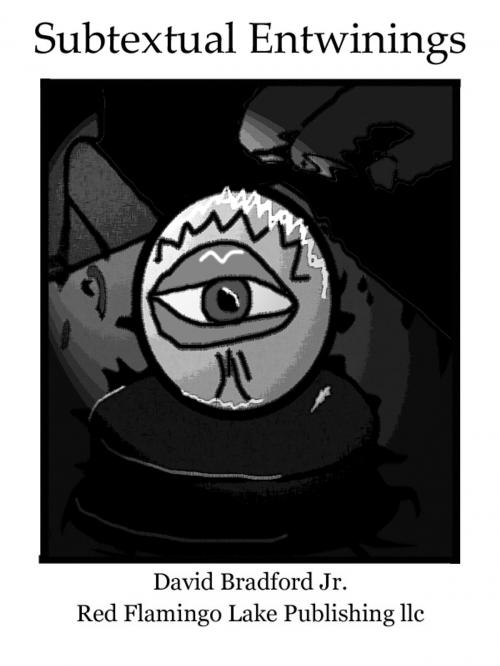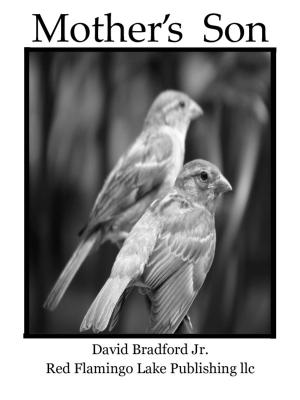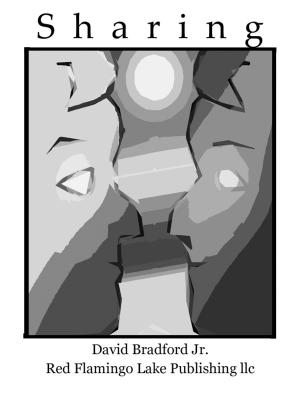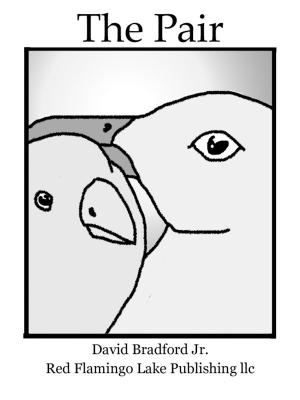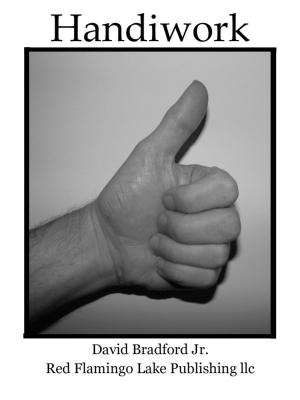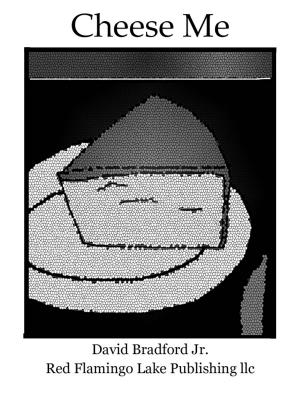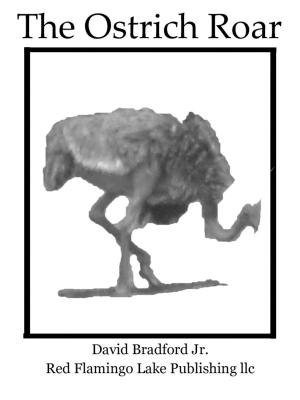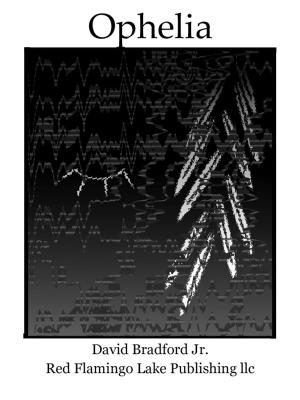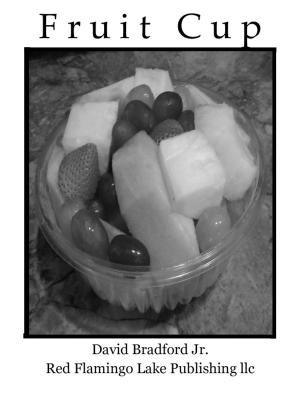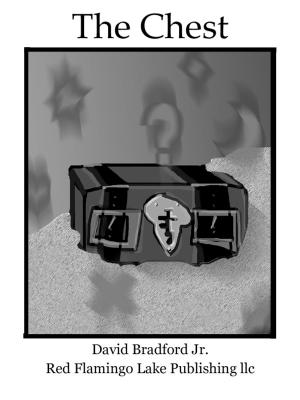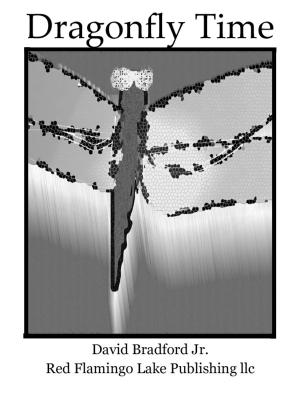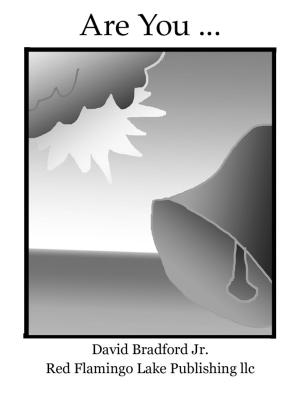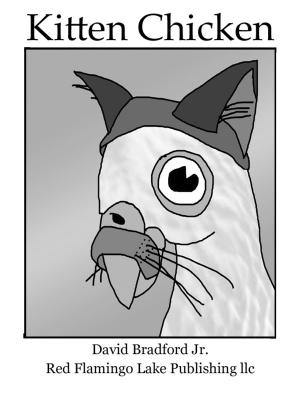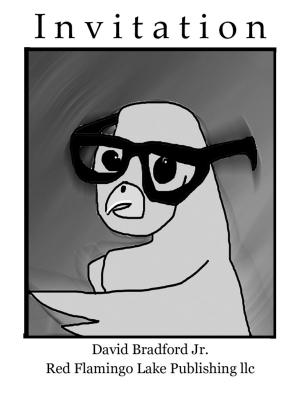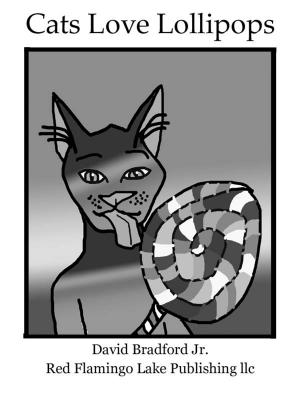| Author: | David Bradford Jr. | ISBN: | 9781938046469 |
| Publisher: | Red Flamingo Lake Publishing llc | Publication: | August 20, 2016 |
| Imprint: | Language: | English |
| Author: | David Bradford Jr. |
| ISBN: | 9781938046469 |
| Publisher: | Red Flamingo Lake Publishing llc |
| Publication: | August 20, 2016 |
| Imprint: | |
| Language: | English |
Subtextual Entwinings is a poem that I wrote which is somewhat of a memory, and yet it never happened. The story is a reverse jabberwocky in that jabberwocky took a definite idea (of battle and forest and beast) and presented it with words undefined, this poemering was trying to take definite imagery (via known words and sometimes a full understandable sentence) and present a mysterious/undefined setting and not only to the reader (who can see the spelling and know the words) but to any listener by using words that have other definitions when only heard, like hear(here), eye(I), etc.
There are six stanzas of four lines each. They do not rhyme nor do they follow a metered structure, however, the last line of each stanza does have a similar sensate phrasing.
The structure of six stanzas has been broken up into six chapter breaks, but each stanza has had its lines split-apart in order to preserve the intent (the pacing) of each line, and thus each line may be given its own page; there may be instances, however, where managing the evolution of the poem in your mind, some lines have been split into multiple pages, or, multiple lines of a stanza remain on the same page (making it so a chapter is not necessarily equal to the count of lines of a stanza).
Subtextual Entwinings is a poem that I wrote which is somewhat of a memory, and yet it never happened. The story is a reverse jabberwocky in that jabberwocky took a definite idea (of battle and forest and beast) and presented it with words undefined, this poemering was trying to take definite imagery (via known words and sometimes a full understandable sentence) and present a mysterious/undefined setting and not only to the reader (who can see the spelling and know the words) but to any listener by using words that have other definitions when only heard, like hear(here), eye(I), etc.
There are six stanzas of four lines each. They do not rhyme nor do they follow a metered structure, however, the last line of each stanza does have a similar sensate phrasing.
The structure of six stanzas has been broken up into six chapter breaks, but each stanza has had its lines split-apart in order to preserve the intent (the pacing) of each line, and thus each line may be given its own page; there may be instances, however, where managing the evolution of the poem in your mind, some lines have been split into multiple pages, or, multiple lines of a stanza remain on the same page (making it so a chapter is not necessarily equal to the count of lines of a stanza).
